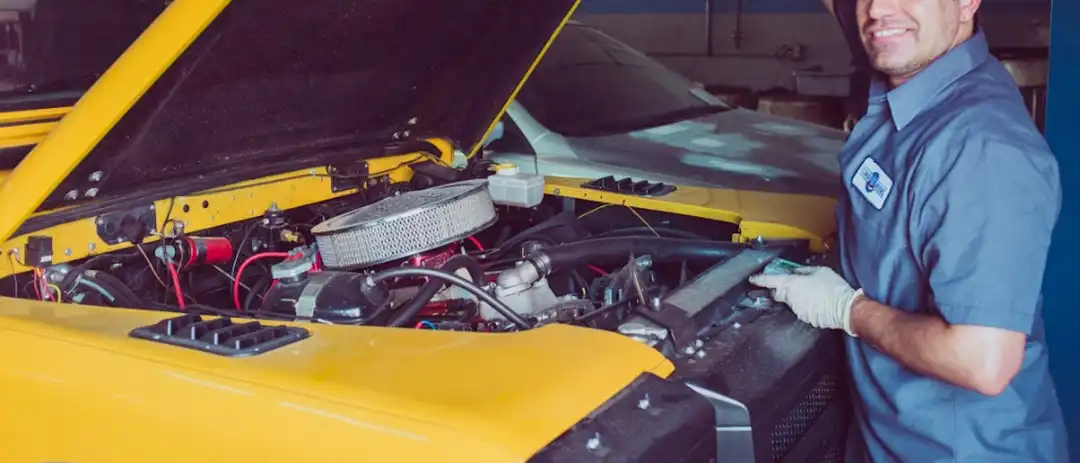- Arabic
- French
- Russian
- Spanish
- Portuguese
- Turkish
- Armenian
- English
- Albanian
- Amharic
- Azerbaijani
- Basque
- Belarusian
- Bengali
- Bosnian
- Bulgarian
- Catalan
- Cebuano
- Corsican
- Croatian
- Czech
- Danish
- Dutch
- Afrikaans
- Esperanto
- Estonian
- Finnish
- Frisian
- Galician
- Georgian
- German
- Greek
- Gujarati
- Haitian Creole
- hausa
- hawaiian
- Hebrew
- Hindi
- Miao
- Hungarian
- Icelandic
- igbo
- Indonesian
- irish
- Italian
- Japanese
- Javanese
- Kannada
- kazakh
- Khmer
- Rwandese
- Korean
- Kurdish
- Kyrgyz
- Lao
- Latin
- Latvian
- Lithuanian
- Luxembourgish
- Macedonian
- Malgashi
- Malay
- Malayalam
- Maltese
- Maori
- Marathi
- Mongolian
- Myanmar
- Nepali
- Norwegian
- Norwegian
- Occitan
- Pashto
- Persian
- Polish
- Punjabi
- Romanian
- Samoan
- Scottish Gaelic
- Serbian
- Sesotho
- Shona
- Sindhi
- Sinhala
- Slovak
- Slovenian
- Somali
- Sundanese
- Swahili
- Swedish
- Tagalog
- Tajik
- Tamil
- Tatar
- Telugu
- Thai
- Turkmen
- Ukrainian
- Urdu
- Uighur
- Uzbek
- Vietnamese
- Welsh
- Bantu
- Yiddish
- Yoruba
- Zulu
Дек . 21, 2024 19:05 Back to list
car drive belt replacement
Car Drive Belt Replacement A Comprehensive Guide
The drive belt, often referred to as the serpentine belt, is a critical component of your vehicle’s engine system. It is responsible for powering various accessories such as the alternator, power steering pump, water pump, and air conditioning compressor. Over time, these belts endure significant wear and tear, leading to potential failure. Regular maintenance and timely replacement are crucial to ensure your vehicle runs smoothly. In this article, we'll explore the importance of drive belt replacement, the symptoms of a failing belt, and a step-by-step guide on how to replace it.
Importance of Drive Belt Replacement
Drive belts are designed to withstand a great deal of stress and strain, but they don’t last forever. Typically, serpentine belts should be replaced every 60,000 to 100,000 miles, depending on the manufacturer’s recommendations and driving conditions. Neglecting to replace a worn drive belt can lead to catastrophic engine failures and costly repairs. A broken belt can cause your vehicle’s electrical system to fail, result in overheating, or even damage internal engine components.
Symptoms of a Failing Drive Belt
Recognizing the signs of a failing drive belt can prevent further damage to your vehicle. Here are some common symptoms to look out for
1. Squeaking or Chirping Noises A high-pitched squeak or chirp from the engine compartment, especially when you start your car or accelerate, could indicate a worn or loose belt.
2. Visual Wear Inspecting the belt for cracks, fraying, or signs of wear can give you a clear indication of whether it’s time for a replacement.
3. Loss of Power Steering If you notice that steering is becoming difficult, it might be due to a failing power steering pump caused by a loose or broken belt.
4. Battery Warning Light A malfunctioning alternator—commonly linked to a failing serpentine belt—can trigger the battery warning light on your dashboard.
5. Overheating If the water pump is not receiving power due to a broken belt, your engine's temperature can rise, leading to overheating.
Step-by-Step Guide to Replacing the Drive Belt
If you determine that your drive belt needs replacement, here’s how to do it safely and efficiently
car drive belt replacement

Tools Required
- New drive belt - Wrench set - Ratchet and socket set - Screwdriver - Belt routing diagram (usually found in the vehicle manual)
Replacement Steps
1. Prepare the Vehicle Park the vehicle on a flat surface. Make sure to turn off the engine and disconnect the battery by removing the negative terminal to prevent any electrical mishaps.
2. Locate the Drive Belt Open the hood and locate the drive belt. Refer to the belt routing diagram if necessary.
3. Release Tension Locate the belt tensioner. Using the appropriate wrench, rotate the tensioner to relieve tension on the belt. This will allow you to easily slip the belt off the pulleys.
4. Remove the Old Belt Take off the worn belt by slipping it off each pulley carefully. Check for any additional hardware like guides or brackets that may need removal.
5. Install the New Belt Using the belt routing diagram, install the new serpentine belt while ensuring it sits properly on each pulley.
6. Reapply Tension Once the belt is in place, rotate the tensioner back to apply tension to the new belt. Ensure that it’s tight and correctly aligned.
7. Reconnect the Battery Finally, reconnect the negative terminal of the battery and start your vehicle to check for any unusual noises and ensure everything is functioning correctly.
Conclusion
Replacing the drive belt is an essential maintenance task that can save you money and prevent major repairs down the road. By staying attentive to the symptoms of a failing belt and knowing how to replace it, you can keep your vehicle running smoothly. If you’re uncomfortable performing this task yourself, don’t hesitate to seek help from a professional mechanic. Regular vehicle maintenance, including drive belt replacement, is key to ensuring the longevity and reliability of your car.
-
Korean Auto Parts Timing Belt 24312-37500 For Hyundai/Kia
NewsMar.07,2025
-
7PK2300 90916-T2024 RIBBED BELT POLY V BELT PK BELT
NewsMar.07,2025
-
Chinese Auto Belt Factory 310-2M-22 For BMW/Mercedes-Benz
NewsMar.07,2025
-
Chinese Auto Belt Factory 310-2M-22 For BMW/Mercedes-Benz
NewsMar.07,2025
-
90916-02660 PK Belt 6PK1680 For Toyota
NewsMar.07,2025
-
drive belt serpentine belt
NewsMar.07,2025

